Getting a puppy or a dog can often be the fulfillment of one’s childhood dreams. I was lucky to experience this in autumn 2020. I couldn’t wait for the day when our German Shepherd Orson would arrive. At the same time, I remember feeling quite stressed, as there seemed to be so many things to prepare before his arrival, and I didn’t really know where to start. I was just randomly searching for things in Pet shops and online, but only when we finally brought Orson home, I started realising what was needed or what would be useful to have.
Now, more than a year later, I have a much better idea about the kind of equipment needed for a puppy’s smooth acclimatisation. So I have compiled a list of essential and handy things to get prior to your puppy’s arrival. My wish is that this page would help you get everything ready in time, so you can fully enjoy the incredibly sweet event of welcoming your new family member to your home.

How to Prepare for the Big Day
I recommend concentrating on these two things:
‘Puppy-proofing’ Your Place
To prevent your puppy from injury as well as unwillingly causing damage to your place, it is a good idea to have a thorough check of any hazards, such as electricity cables, poisonous plants, sharp objects etc. You may want to get everything you don’t want to be chewed out of the puppy’s reach.
Having the Right Equipment
I wish I had had some sort of ‘puppy checklist’ before getting Orson. Instead, I was trying to find out what to get from paging through ‘puppy books’ in Waterstones or by asking random dog walkers. It certainly took some time to compile the list of all the necessities. In fact, it took me several months – by learning from our growing puppy what sort of things was good to have.
Below is a recommended list of items that you might want to get before your puppy arrives. You can use the List of Contents to get to a specific item more quickly.
You may notice that with certain items, such as beds, for example, I am presenting several variations (e.g. ‘bed’, ‘raised bed’, ‘chew-proof raised bed’, etc.). Obviously, you do not have to get everything I have listed here! Just choose what works best for your individual situation, the type of your dog, his size, age etc. Above all, I hope you’ll enjoy the process of preparing for the arrival your new best friend!
List of Contents
Basic Equipment
Sleep, Rest and Safety
Feeding and Treats
Feeding Puzzles and Toys
Other feeding toys and puzzles
Toys
Hygiene
Training and Advice
Affiliate Disclosure: As an Amazon Associate I earn from qualifying purchases. If you make a purchase through my links, you will help me to earn a small commission at no extra cost to you. The full disclosure can be accessed here. Thank you for your support!
BASIC EQUIPMENT
Collar
There are so many nice options when it comes to a collar. Below is a selection of comfortable collars that you may get for your puppy. Little Orson used to wear the Ancol collars, (the first two from the left). Please make sure you get an adequate size for your puppy’s neck.
Harness
Having a comfortable harness for your puppy is highly recommended. Unlike a collar, it exerts no stress on the puppy’s neck, and prevents choking when the puppy pulls. This harness has 2 metal rings; the chest ring to stop your dog from pulling on walks and the back ring is good for casual walks, where the dog is allowed to pull (or ever required to pull, such as during scent work.)







Lead
A lead is obviously one of the first parts of puppy equipment to get. A good idea is to look for a lead that is not too short (I’d go for a lead at least 120 – 150 cm (4 – 5ft long), and it should have a comfortable handle.
The third picture with the labrador shows the multifunctional lead by Halti, which I have been using for my walks with Orson, and which I can highly recommend. You can use it as a standard lead as in the first picture, but it is also possible to clip both ends of the lead to a harness (see the last picture). Moreover, the lead is adjustable to three different lengths, and you can even clip it around your waist (using the middle ring) and walk your dog ‘hands-free’!


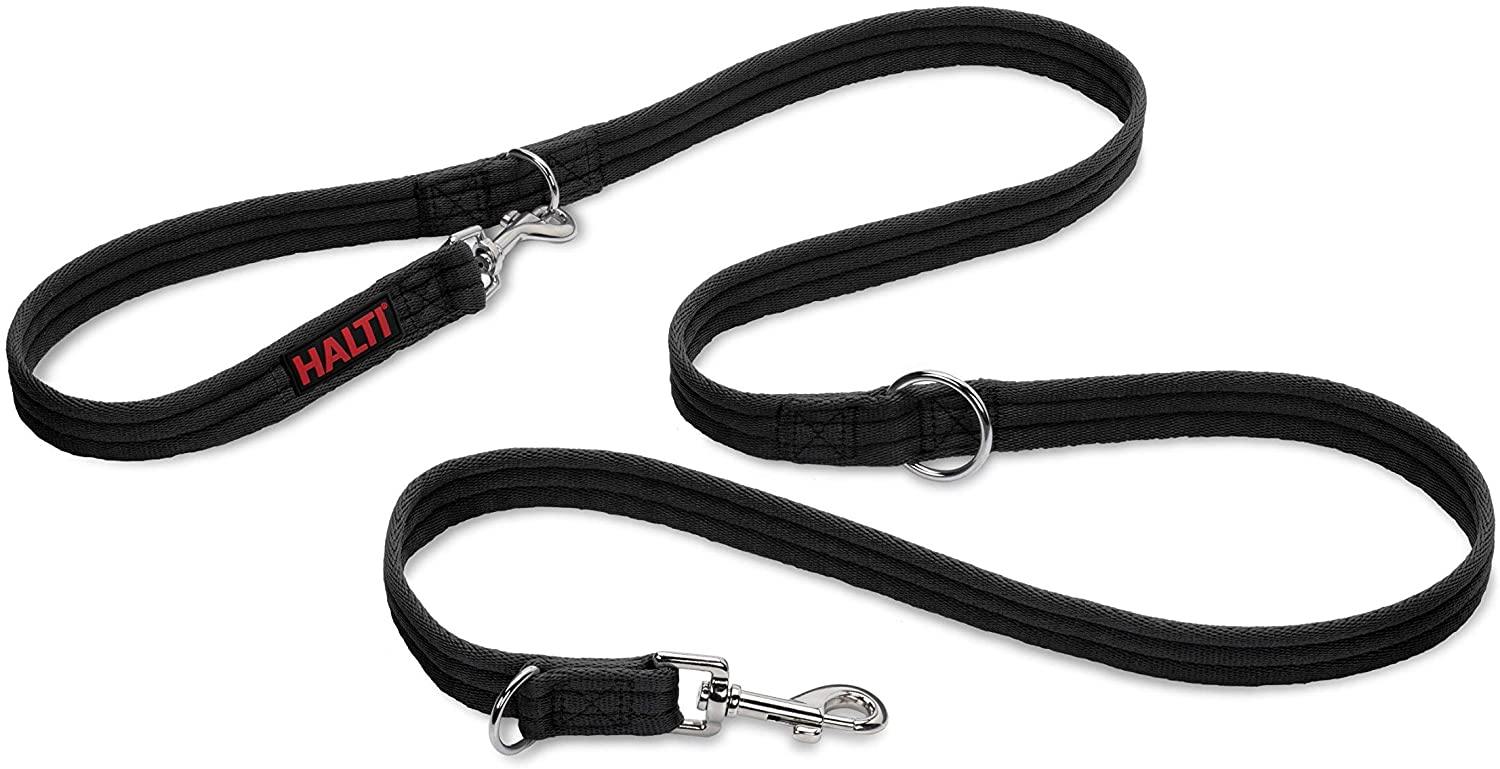
High Visibility Collar
Although this type of collar does not have to be on the high-priority list of your puppy’s equipment, as you’re not likely to use it in the first days (or even weeks) of his life with you, a shine-in-the-dark collar is a really useful gadget to have for your walks in the dark, so you can come back to this page once your puppy is ready for longer evening walks.
Orson really likes this collar because he associates it with night walks – something he finds extremely exciting – and when he sees me bringing the collar, he rushes to me and sticks his head in it!



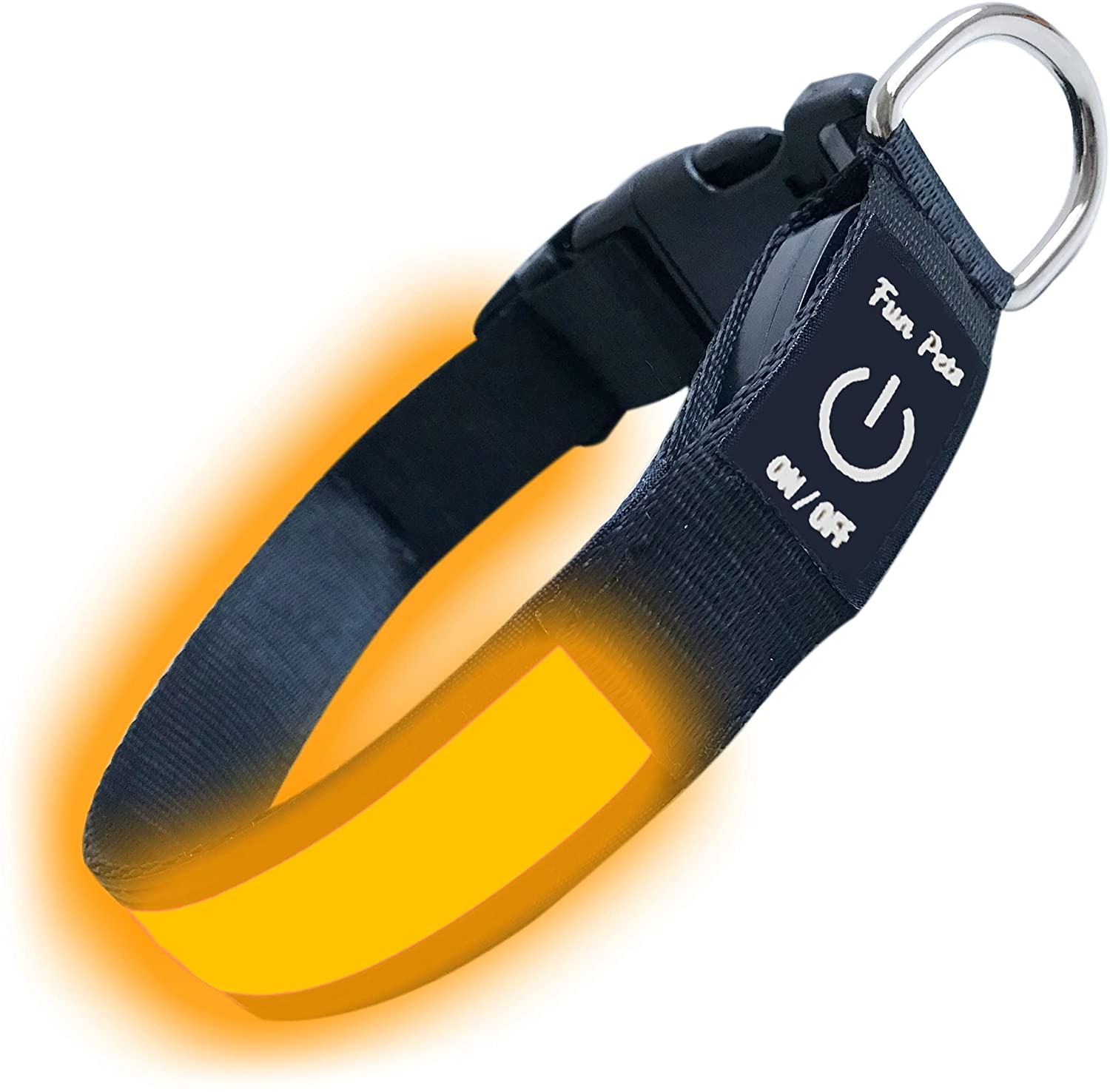
Here is a short video of Orson wearing this collar during a night walk:
Tag
In the UK, it is a legal requirement for a dog to wear a collar and dog identification tag when in a public place. The minimum requirement to be compliant with the law (U.K Control of Dogs Order 1992) is the name and address of the owner inscribed on a tag attached to the collar.
As addresses can take up a lot of space on small tags, it is enough to just have your surname and postcode on the tag. Whilst not legally required, it is strongly recommended to have a contact telephone number on the tag, as this could considerably speed up the return of your lost dog.
Choosing to have your dog’s name on your pet id tag is a matter of personal choice. Some owners choose to do so, while others prefer not to in case their dog is stolen. We decided to include Orson’s name on the tag, as we trust that there are more good people than bad, and should he ever get lost, we like the thought of him being reassured by hearing his name.
We had his tag done online by ‘Padding Paws’, for only £3.49. It is easy to customise the tag, and if you run out of space, you can have text on both sides of the tag for the same price.
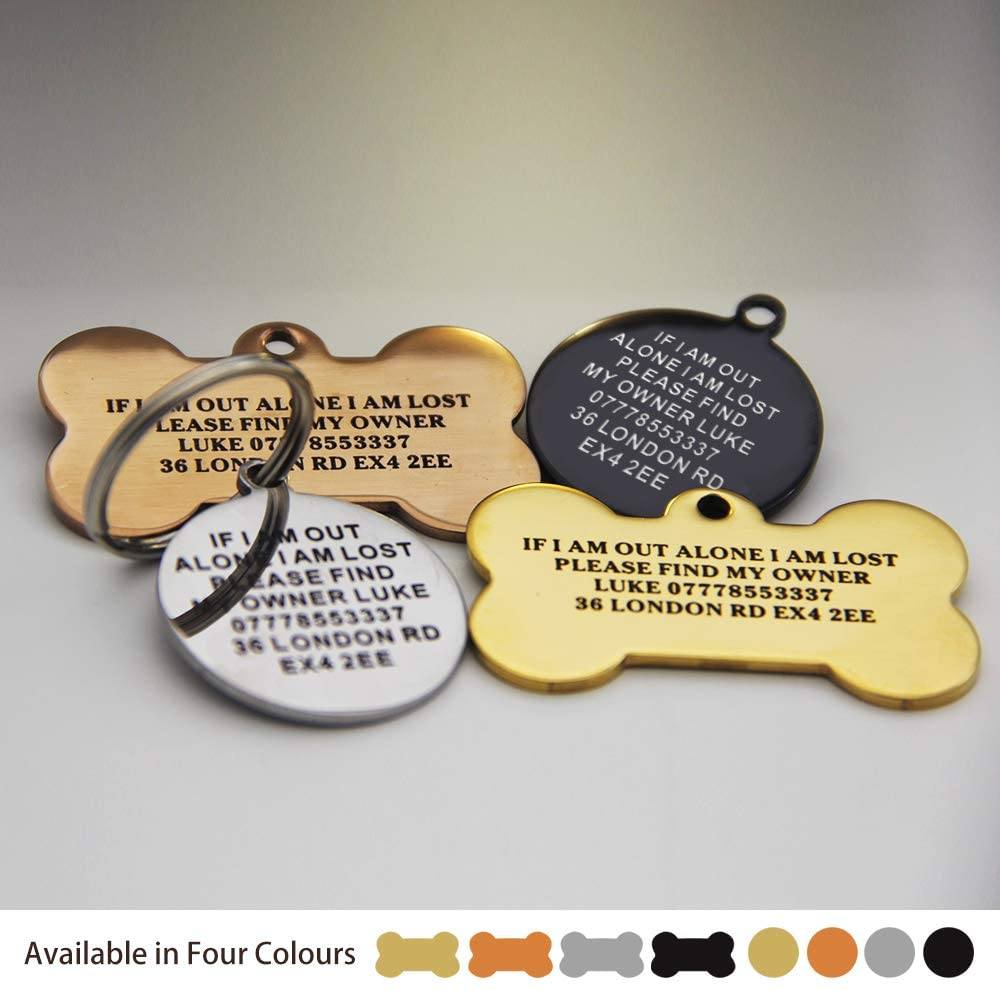



The tag that Orson is wearing in the picture is size S, colour ‘Champagne Gold Round’. We also added an emergency vet phone number. Again, that’s completely optional, but could be useful.
SLEEP, REST, AND SAFETY
Dog Bed
Every dog deserves a nice, comfortable bed, a welcoming place where he will feel safe and will retreat to when he is tired.
If your puppy likes sleeping in a crate, then it’s probably better to have just a mat or a blanket that fits in the crate. However, as your puppy grows, it will start resting in various places in your room(s), so getting a dog bed is definitely a good idea – especially because it will help your puppy resist the temptation to find a permanent chill zone on your sofa (unless you don’t mind).
A Few Dog Bed Tips
Here are a few ideas for your puppy’s bed. All the beds shown here are comfortable and easy to clean. If your dog tends to chew on softs things, make sure he’s got plenty of toys so he won’t get tempted to ‘sample’ his bed. In Orson’s case, he had a go at all his soft beds, so now he sleeps on a chew-proof raised bed, but fortunately, not all dogs are like that. I still recommend getting your puppy a nice soft bed where it will get a good rest.
One of my recommended, good-quality beds is Bunty. Comfortable, easy to clean, and the choice of several colours is a nice option too.



When Orson became too huge for his previous bed, we wanted to give him an extra large bed, and were lucky to find a great bed by Bedsure. Orson fell in love with it instantly, as was able to stretch fully and rest his head on the soft, fluffy sides. The bed had a really inviting, comforting vibe about it.
Pity we gave it to him still in his wildly adolescent phase; the lovely fur did not last too long… If you also have a shark like Orson, then perhaps get a more chew-proof bed, or make sure it’s well covered by blankets; however, this is definitely a bed to return to when the dog is a bit older and more mature.
Here are several more beds I would consider, based on their look and good reviews:
Raised Bed
Dogs tend to love raised beds. They are excellent for training as well as resting on. They keep your pet warm in the winter and cool in the summer. They can be used outside as well, and are very easy to clean.
This elevated bed shown below is what Orson was using for more than a year since he was a puppy, and it was one of his favourite places to sleep on. We have also been using it to train him ‘impulse control’ – i.e. to stay on this bed despite distractions.
At about 13 months of age, Orson suddenly developed an annoying habit of chewing the inner corners of this bed, so we decided to move it in the garden for training purposes, and get him a ‘chew-proof’ bed.



Below are a few pictures of Orson enjoying his raised bed. As you’ll see in the first picture, he hardly let us put the bed together before he claimed it!
Chew-proof Raised Bed
This is a good alternative to the raised bed above, if you find out you need it, as in our case. At about 13 months of age, Orson suddenly developed an annoying habit of chewing the fabric in the inner corners of his raised bed (see above), so we decided to move it in the garden for training & chilling purposes, and get him a proper ‘chew-proof’ bed.
This new bed has no gaps in the corners and the frame is made of metal, which makes it virtually indestructible. You may want to consider this bed if your dog, like Orson, delights in consuming furniture. However, you may be just fine with the previous version – Orson had only decided to chew on it after almost a year of consistent use.


I’ve documented Orson’s first encounter with his chew-proof bed. He took to it at once! He had a good go at it with his fangs and claws, and when he discovered the bed was not to give in to his attack, he acknowledged it as a place of rest and non-destructive play.
Mat
Having a mat is practical for several reasons: It can be simply placed on the floor wherever you like. It’s easy to take it to another room if your puppy follows you there, which will make it easier for the puppy to settle. You can take it in your car to make your puppy feel more comfortable and less scared of travelling in the car. Last but not least, it is the perfect bedding for your dog’s crate.
Here is Orson’s favourite mat by Ellie-Bo, which he uses on our sofa, floor, car, or even in the pub! It is super-soft and it has a nice feature of being double-sided.
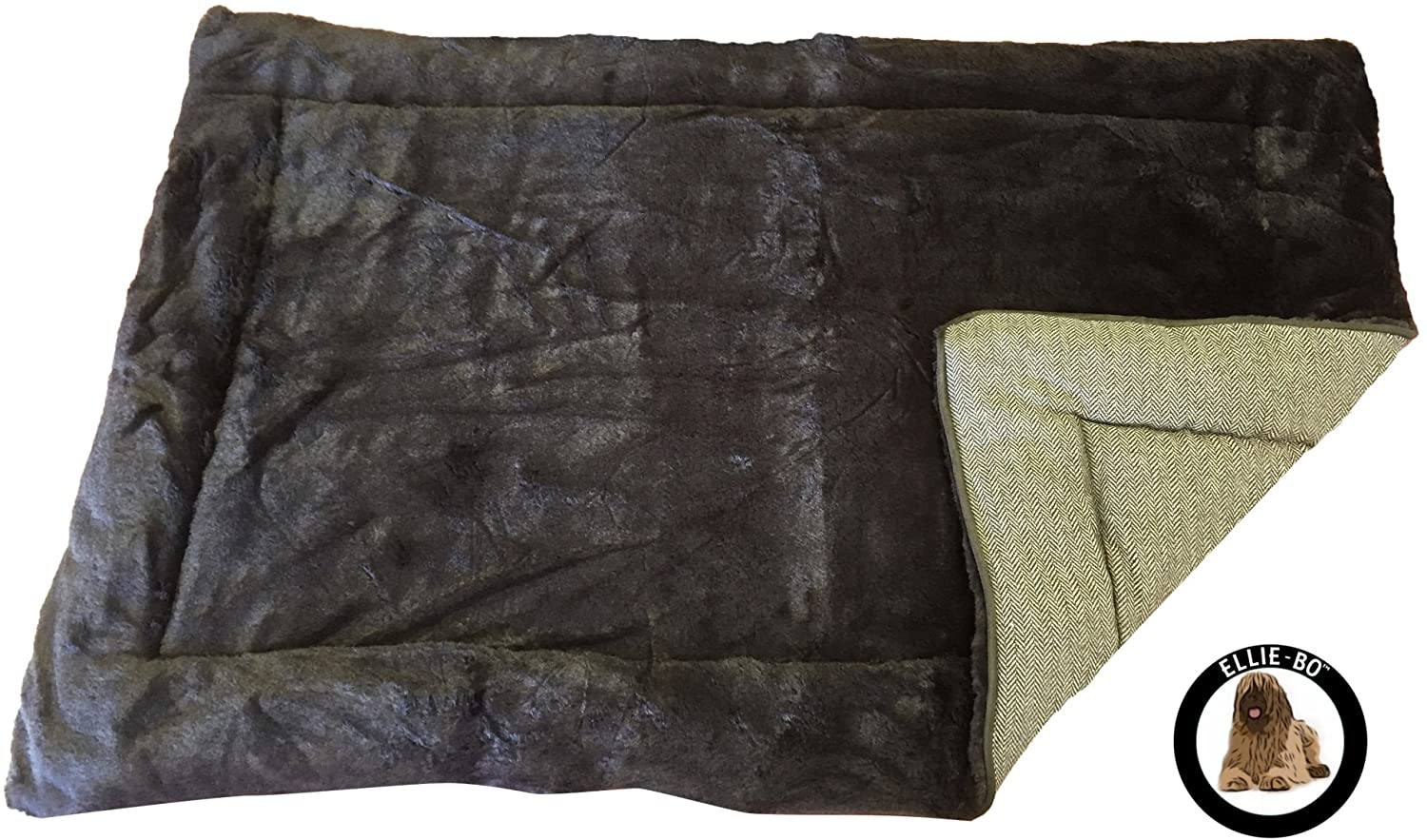


Pen (Enclosed Area)
A dog pen can be a sanity saver, as you won’t have to monitor your puppy 24/7. The pup will have his own play and feeding area, and if he has an ‘accident’, it will be much easier to clean, especially if you line the floor under the pen with waterproof material such as heavy duty polythene or tarpaulin.
We had this setting in our living room for about 3 to 4 weeks, then Orson learned to ask to go in the garden and never soiled our floor once the sheets were removed. We also cleaned every little puddle with an odour-neutralising enzymatic cleaner, which helped Orson to refrain from weeing in the same spot.
Crate
You may also consider getting a crate. Especially when the crate has a cover, your puppy can find this space very soothing and will get much better sleep in his own ‘den’. A crate is very useful when you need to travel with the puppy, or confine him for some time – e.g. when your gas safety check guy arrives with a toolbox full of temptations..!



Crate training can take some time – keep the doors open at the first stages, so the puppy can learn to feel safe in the crate and not perceive it as a punishment. The best way to make him want to go to the crate is to feed him there, drop or hide treats, or give him his Snuffle Mat or Licki Mat in the crate.
I also recommend a comfortable mat that will fit in the crate. (See the ‘Mat’ section.)
Crate Cover
A crate cover makes such a difference, turning a cold iron cage into a cosy home. You could just use a blanket to cover the crate, but the puppy is likely to pull it and chew it. We have been using this crate cover with zippers and handy hooks on top, which make it easy to roll the fabric up and keep it in place.
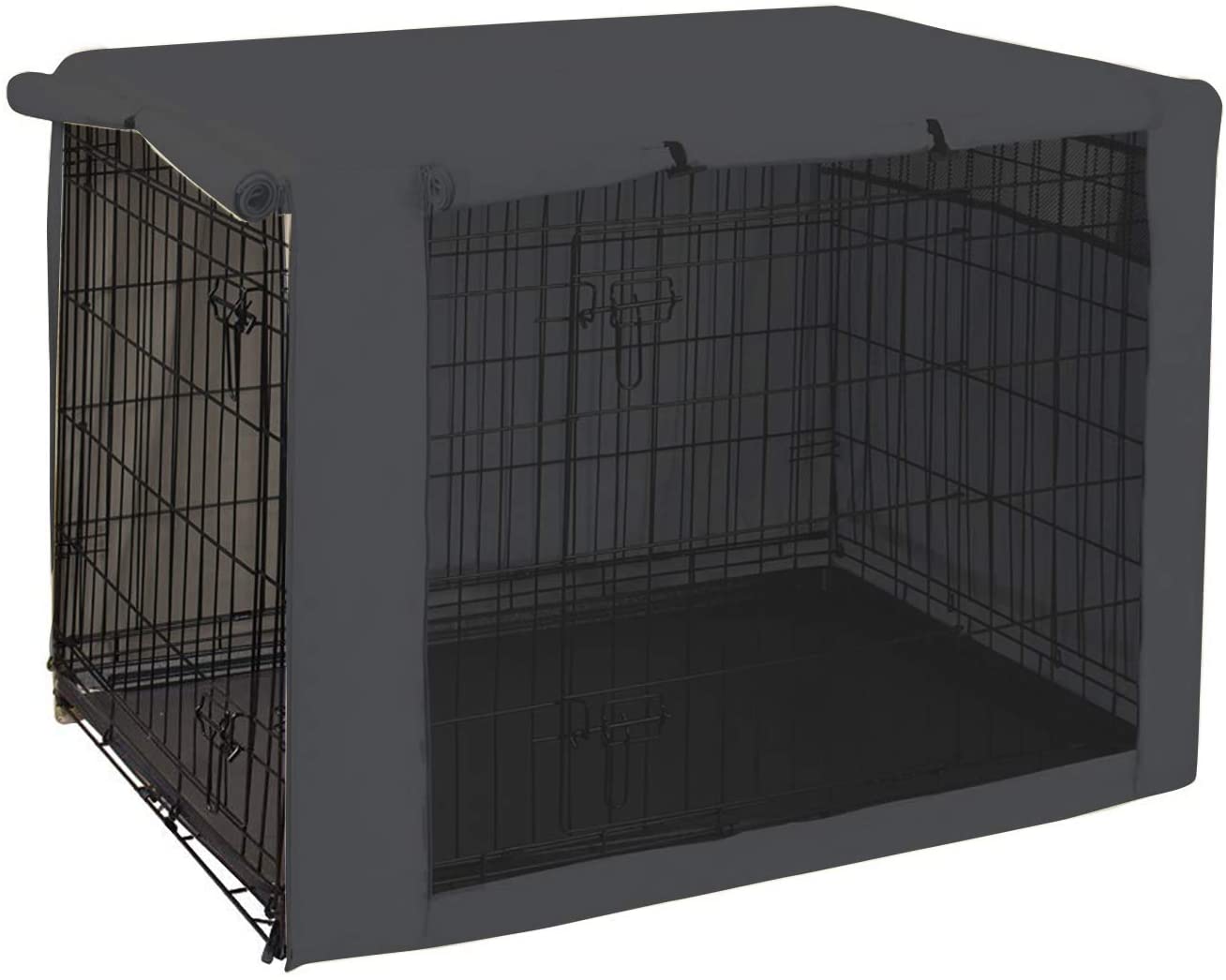


FEEDING AND TREATS
Water Bowl
Our favourite is this stainless steel bowl with a non-slip rubber ring. You can choose from different sizes and several colours. You can also use it for feeding, but I would advise to get a slow-feeding bowl, (see further down) which is much better for your dog’s digestion, makes feeding time more interesting for your dog, and gives you some extra time for yourself!
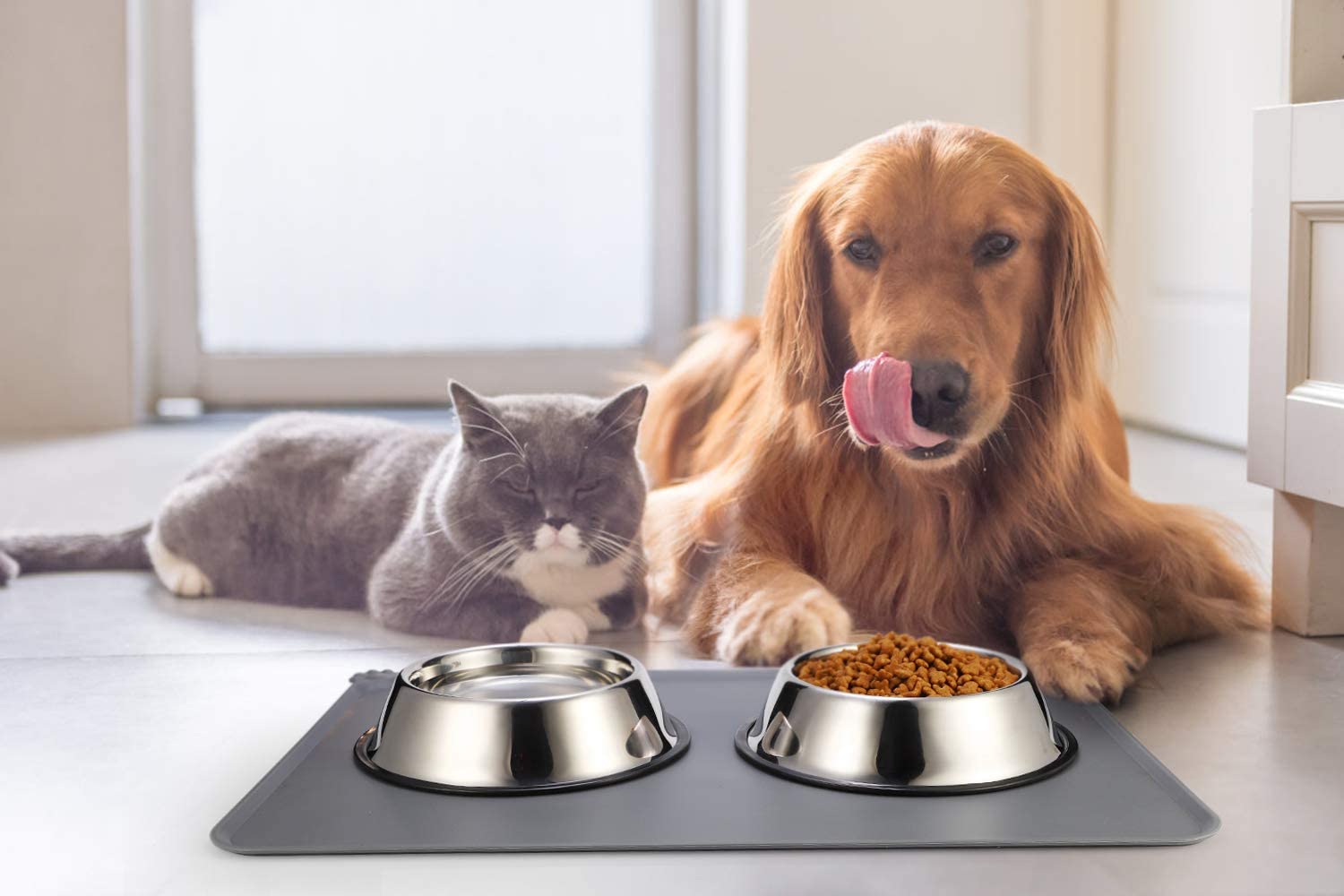


Food Bowl
Instead of getting a conventional bowl which causes the dog to gulp the food too quickly, I highly recommned getting one of the following bowls, the so-called slow-feeders. These make the dog ‘work’ for his food by getting the food out from narrower spaces. This makes the feeding process lasts considerably longer, making the dog chew much more, which is beneficial for the dog’s digestion.






Or you can try this honeycomb-shaped slow feeder bowl made of softer material. We have this as well (together with the orange spiral bowl above) and it’s lovely seeing Orson eating from this so much more slowly than he would from a conventional bowl.



Food
You can find out which dog food is suitable for your puppy by using the search option at the following website, which I’ve found extremely helpful:
https://www.allaboutdogfood.co.uk
Just add your dog’s age and weight and you can start comparing the results and choose what you think may suit your dog most. Or search for a particular brand to find out about the nutritional rating.
Food can have a huge impact on your dog’s health and behaviour. It is advisable to choose food that has 70% or higher nutritional rating, but you can also get a lot of information from customer reviews.
Below are a few examples of trusted brands with high-quality puppy food. Please note that the first example in the pictures, ‘Forthglade’, is wet food. The rest is all dry food. You may want to consider adding a bit of wet food into the dry food to make feeding more exciting for your puppy (or do this occasionally).
Treats
Treats are a very important part of puppy training and behaviour shaping. Dogs are strongly motivated by food, so if you use it as a reward, your puppy’s training will be much faster and easier. (Note: For my recommended training platforms, check the section ‘Training and Advice’.)
Below are several types of treats that I have been recommended by various trainers, and which we have been using successfully with Orson.
Treat Pouches
This section shows two types of practical treat pouches. The first one is made of silicon and it’s great for ‘messier’ treats such as JR Pate, cheese, or cooked meat. You can clip it onto your belt or the rim of your trousers. It’s easy to get your hand into it to grab a treat, and it closes automatically due to magnetic closing.
The second one, made of fabric, is perfect for dry treats (although you can still use it for wet treats, if you place them in a plastic bag). You can also fit poo-bags in the front pocket of the fabric pouch.

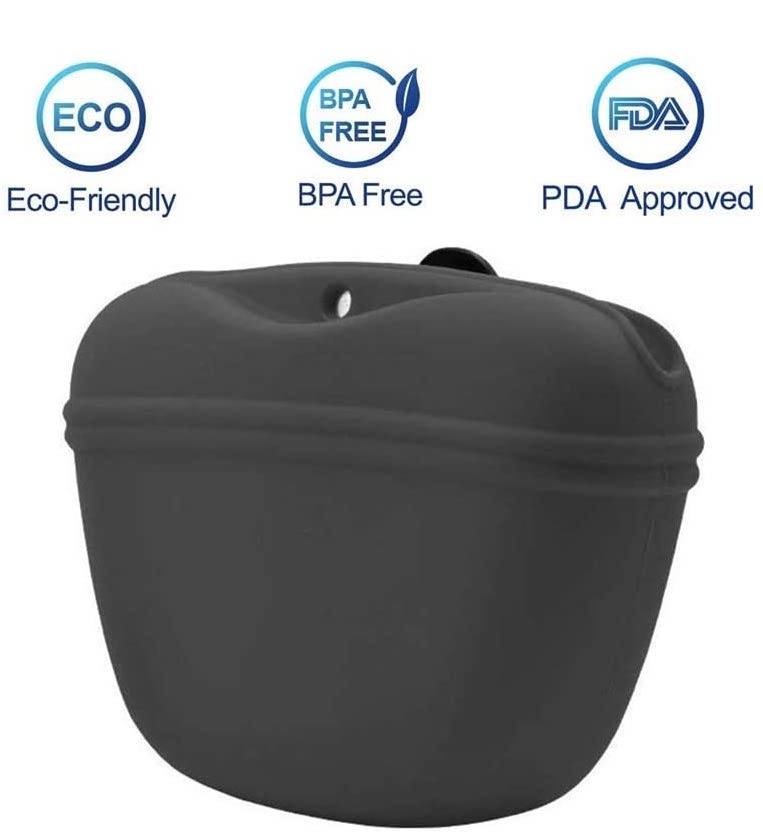



Long-lasting Chews
If you want to have a content puppy, long lasting chews are essential. They’ll occupy the puppy for a good while and decrease his excitement levels. It’s a perfect treat for the evening when you need a bit of peace and quiet, rather then constantly monitoring the zooming little rocket, who will try to get his teeth on just about anything. Once you offer him a good quality chew, everyone can relax! Here are a few suggestions…
FEEDING PUZZLES AND TOYS
Feeding puzzles and toys are great for keeping your puppy busy, entertained, and calming them down. Every time we see Orson getting bored and ready for all sorts of mischief, such as gnawing furniture or stealing things, we get him one of the following puzzles or toys which make him occupied, happy, and much more chilled.
I highly recommend trying some of these out – you might appreciate them especially when sitting down to dinner or a movie while your pup decides to have his ‘zoomies’ hour..!
Snuffle Mat
Intensive sniffing gets the dog’s respiratory system working hard, so it can easily be compared to running. You’ll see your puppy much more relaxed and naturally tired after a sniffing session. So, getting a Snuffle Mat is a wise move for sure.
One of our favourite games with Orson is to start hiding small pieces of dried sausage into the creases of his snuffle mat. He starts sniffing frantically, trying to keep up with me hiding more and more pieces. After a while, I can leave him to his deep explorations of the snuffle mat. He’ll be entertained for a good while and this activity will both satisfy him and tire him out, thanks to all the intense sniffing.



Licki Mat
The Licki Mat is our next favourite. You can spread food over the mat which will settle in the mat’s surface; this will slow the feeding process and get your puppy entertained for longer. It is a very relaxing activity, great for relieving anxiety (which is particularly important during your puppy’s first days in the new home).
You can spread yogurt, peanut butter, purées, spreads, wet food etc. I have two of these mats and often freeze them (I fold the mat in half and stick it in a plastic bag before putting it in the freezer). With frozen food, your puppy’s Licki Mat session will last several times longer.


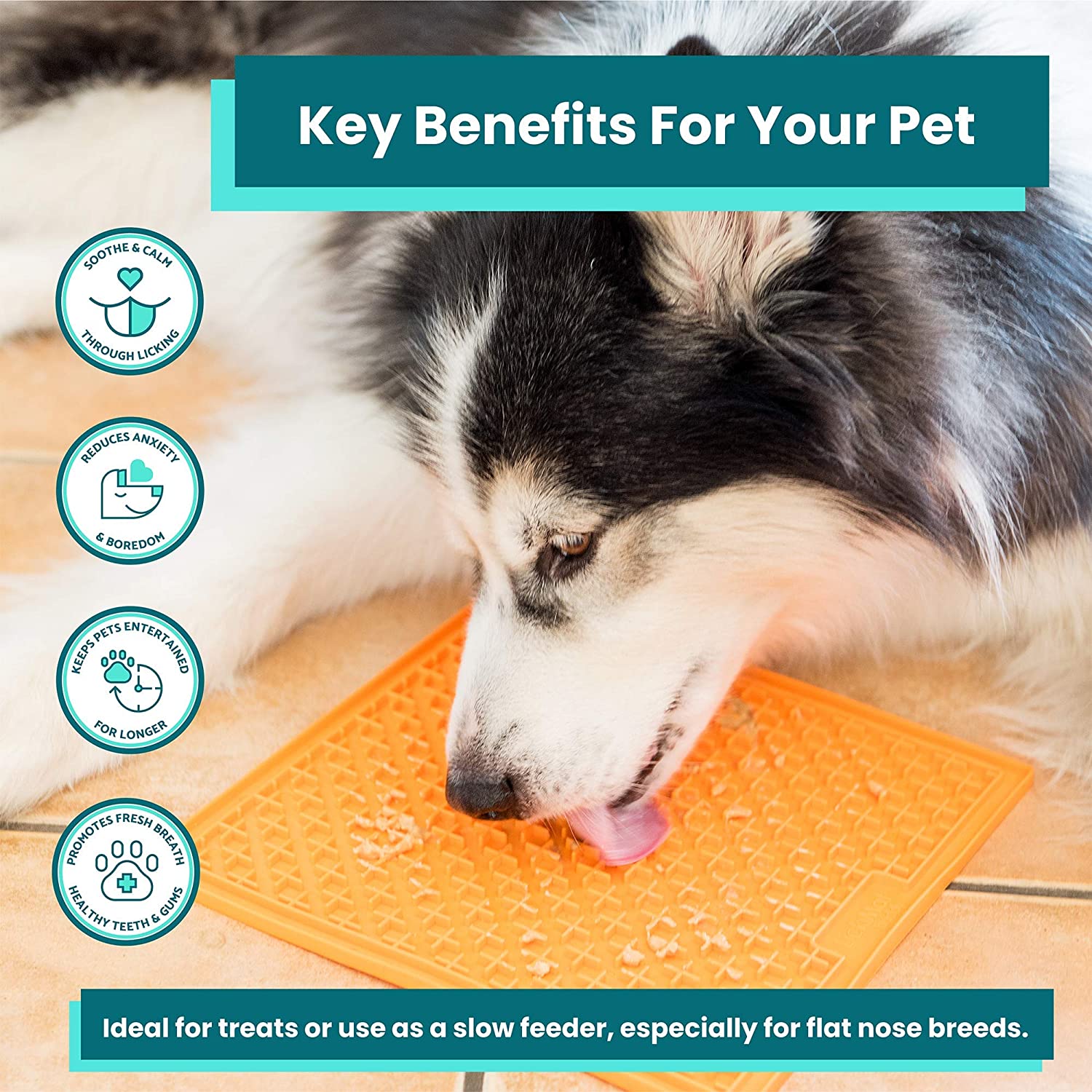
Tasty Tips for the Licki Mat
If you are short of time and cannot prepare your own pastes or spreads for the Licki Mat, here are a few ideas. For example, you can spread peanut butter for dogs or the Kong Easy Treat paste over the Licki Mat, and then sprinkle it with the Licki Mat sprinkles.
Other Feeding Puzzles and Toys
Here are some more suggested toys that will make your puppy’s feeding experience more fun. You can fill the Dog Tornado (the yellow and blue rotating bone) with any kind of treats, dry or wet, and see how fast he will uncover all the compartments.
You could also try the ‘Twister’ puzzle (blue and purple). Although it’s marked as ‘advanced skill level’, you can set it up so it’s easy for the puppy to find the treats, and when he’s figured out how to get them out, you can increase the difficulty level.
One of the most popular treat dispensers is Kong (the red hollow ‘bell’). You can fill it with dry food or wet food (or the tasty tips in the section above), and you can also freeze it to make the fun last longer. I have several Kongs for Orson in the freezer, so the next one is always ready when he finishes the first one!
The Tomato Pouch is great for hiding dry treats, such as kibble or pieces of dried sausage.
Unroll it, hide the treats in the small pockets, roll it back again (it will hold together with Velcro) and then enjoy watching your doggie having fun with it.








TOYS
This section is about toys, so here are Orson’s favourites!
Soft Toys
Puppies love soft toys – just as babies, they need their comfort toy. The following soft toys have been Orson’s favourites. All of them are squeaky, which is a big plus. It is a good idea to monitor the puppy so he doesn’t destroy them. On several occasions, we caught Orson during his ‘surgeon’ game – ripping the toy in the middle and taking the squeaking part out!
Durable Toys
Here are several more long-lasting toys. The good thing about a non-fluffy toy is that is much easier to clean, so the puppy can play with it outside in all weathers. Also, these toys don’t have to be replaced as often as the soft toys.
Tug and Fetch toys
It’s good to have a number of toys for tugging as well as retrieving games. Below is a selection of toys that have worked well for Orson.
The bungee sheepskin tug toy (with a rather luxurious feel) has been fantastic for awakening his prey drive. He loves chasing it and playing tug with it. The rope toys are very good for tugging games too, as well as chewing. They are made of strong cotton and easy to wash, so you can take them out in your garden for some tug or fetch games, in all weathers.
The ball on a rope is a brilliant toy to take with you on your walks and play fetch games. The ball is highly visible and you can throw it quite far thanks to the rope. The dumbbell is suitable for retrieving games and training, and the red rubber toy is a fun, classic tug-of-war toy.
Agility Tunnel
An agility tunnel is obviosuly not essential, but it is an incredibly fun thing to have, as you might notice in the video of little Orson. (And if you have kids, it’s a no-brainer! 🙂

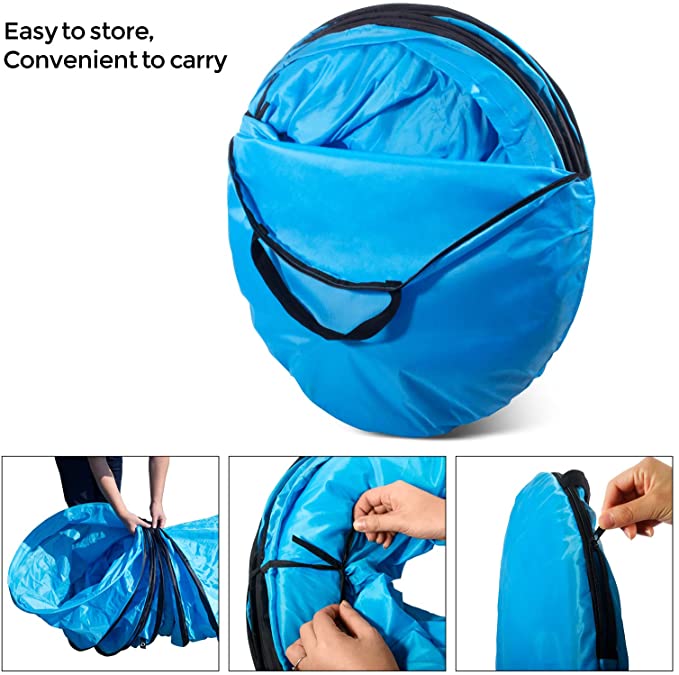
HYGIENE
Below are a few tried-and-tested essentials from the field of cleanliness.
Dog Waste Bags
A lot of dog waste bags are either non-biodegradable, or they are way too thin. These bags by Tuff Pets are made from corn starch, thus 100% biodegradable, but they’re also quite sturdy, leak-proof, and easy to close and carry thanks to the handles.

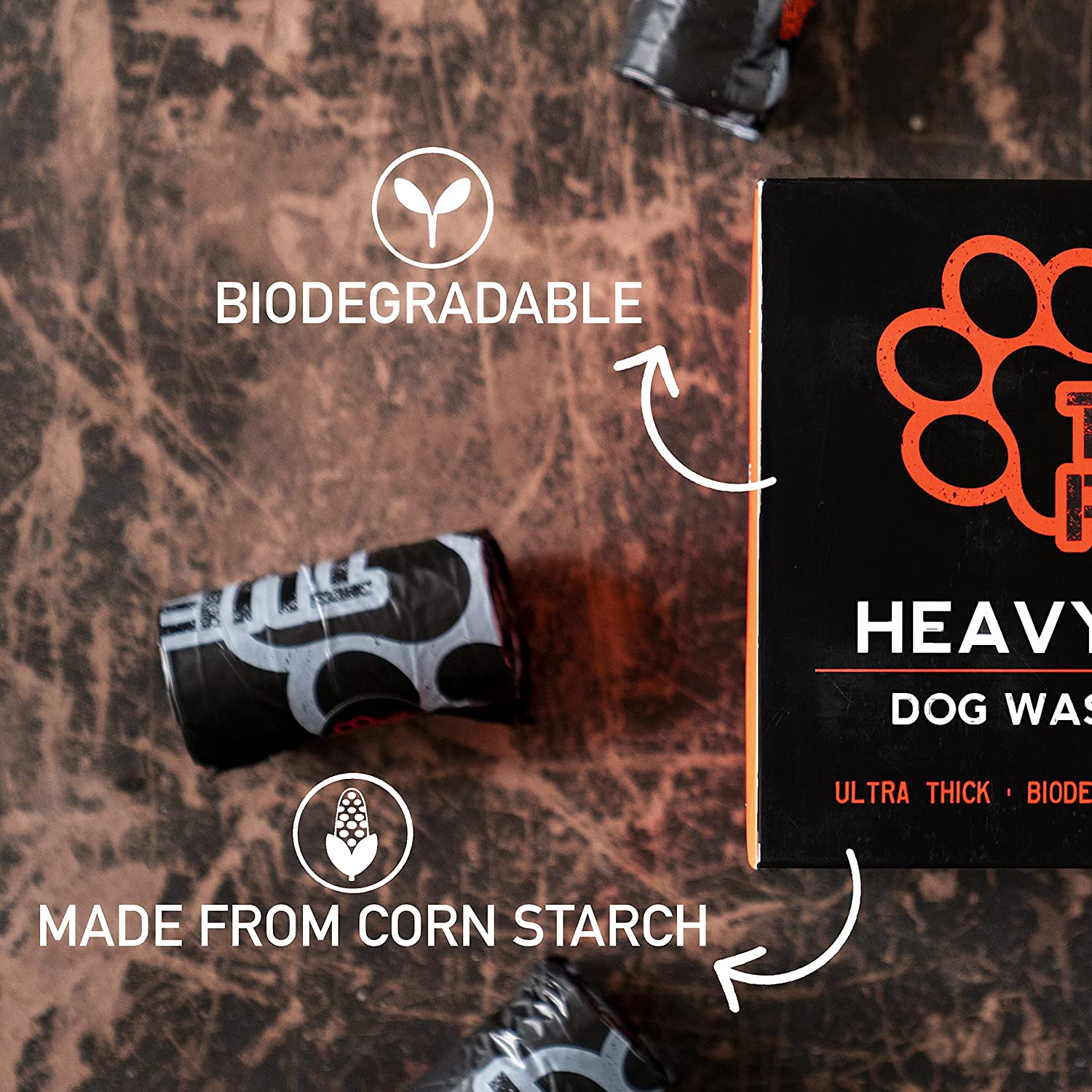
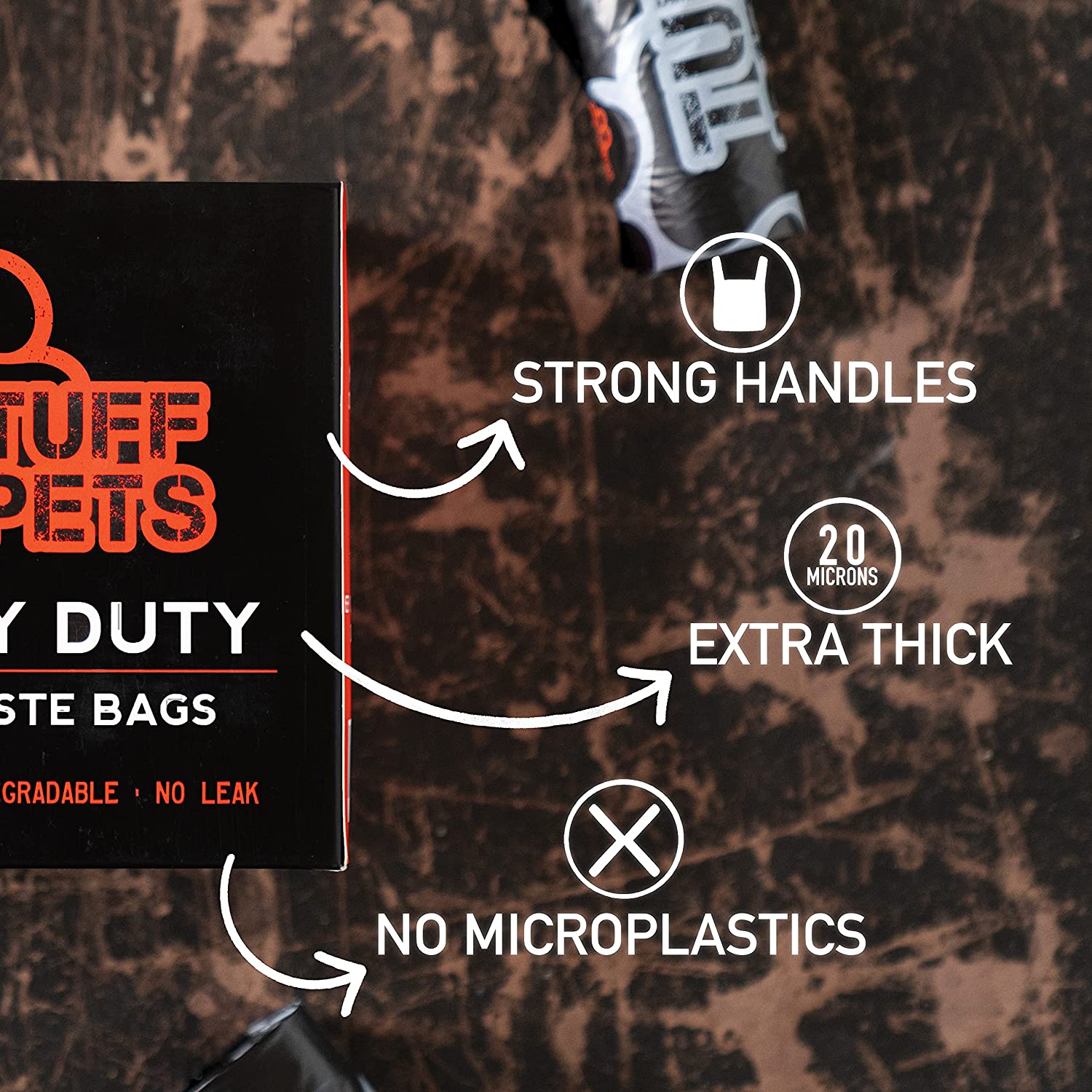

Enzymatic Cleaner
Enzymatic cleaner eliminates the smell of urine/faeces, thus preventing the puppy from repeated soiling in the same spot. I highly recommend this cleaner by Simple Solutions, as it not only works, but also has a pleasant scent, and it’s safe to use around pets and children (if used as directed).





TRAINING AND ADVICE
I highly recommend joining a good online training platform that will help you with training and behavioural development of your puppy. Here are my two recommendations. Both of these platforms are excellent, offer plenty of training videos, live support, and private Facebook groups where you can share your journey and ask for advice.
Adolescent Dogs Online Academy
https://www.adolescentdogsacademy.co.uk
These are UK-based trainers and dog behaviourists. I have learned so much from them, especially the right approach to little Orson in the first crucial months of Orson’s life. Thanks to them Orson has grown into a kind, non-reactive dog, very friendly towards both people and dogs! (Not always the case with German Shepherds who, if not brought up correctly, can become anxious, nervous or even aggressive.)
You can find out more about them in my article Do You Need Help with our Dog?
Dunbar Academy
https://www.dunbaracademy.com/
A US-based online training platform with positive training approach and reward-based method (the same approach as Adolescent Dogs). The founder, Ian Dunbar, is a renowned vet and dog trainer/behaviourist. I have watched many of their highly informative, helpful videos and I believe that many of the things I learned through them helped Orson become the easy-going, happy and loving dog.
To sum up, both of these platforms are excellent, offer tons of training videos, live support, and private Facebook groups where you can share your journey with other dog owners and ask for advice 24/7.
I strongly recommend signing up with one of these platforms for at least the first few months of your puppy’s life, as this is the crucial formative period that can determine the behaviour of your dog for the rest of his life. It is easy and fun to train a puppy following a good training program, but it is extremely difficult to start correcting a dog’s nervous, anxious, over-reactive or aggressive behaviour when it is too late in his developmental phase – which can be as early as four months!
Share Your Thoughts
I hope you have found this post useful. Or perhaps you know of someone who is thinking about getting a puppy and might benefit from reading this. If you have any comments or questions, just let me know in the comments section below and I’ll look forward to getting back to you. Meanwhile, you can check our section ‘Pet’s Corner’, which includes a page dedicated exclusively to Orson.

BY LUCIE … & ORSON !
Visit Orson’s Instagram!
This site has been built with DIVI, by Elegant Themes.
Disclaimer: This page contains affiliate links. This means that if you decide to make a purchase through my links, I will earn a small commission at no extra cost to you. (The full Affiliate Disclosure can be read here.) If you’d like to learn more about affiliate marketing, e.g. how to earn extra income from blogging and promoting products you like and would recommend to others, which is what I do, check out Wealthy Affiliate, my favourite platform for online marketers. You can create a free account, which will enable you to make your own website in a few simple steps, and host it with them – free of charge – for as long as you like. You can test it right now by trying their free website builder SiteRubix. Thank you for visiting!







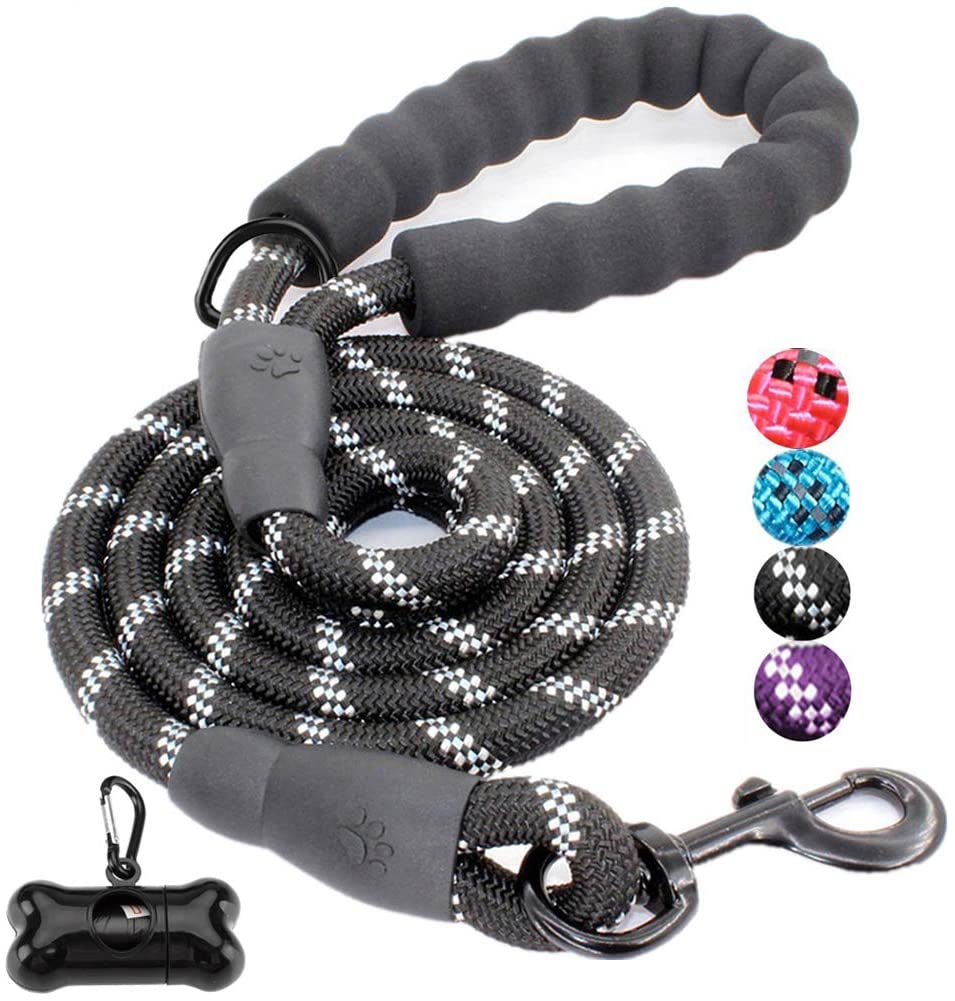
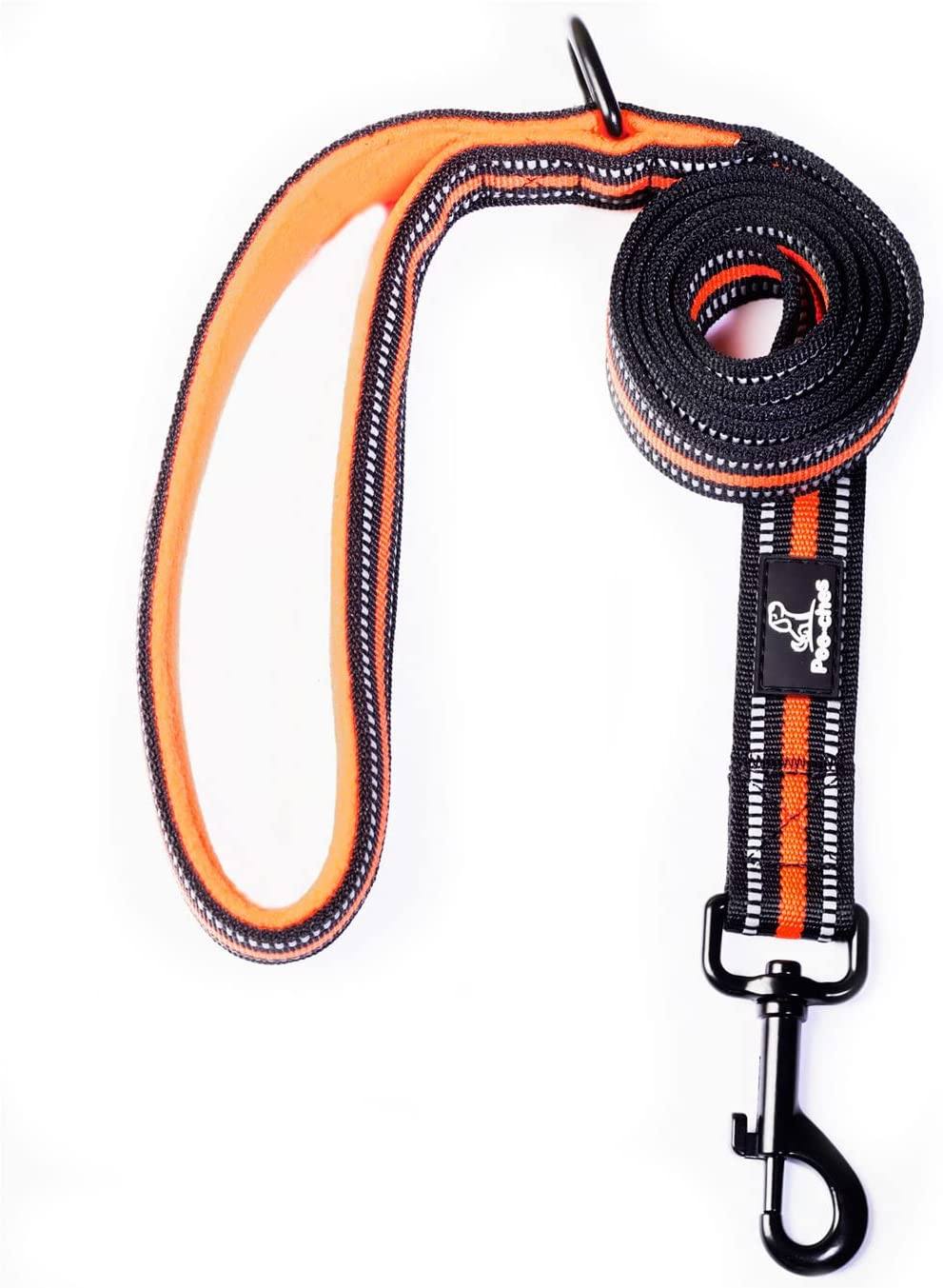














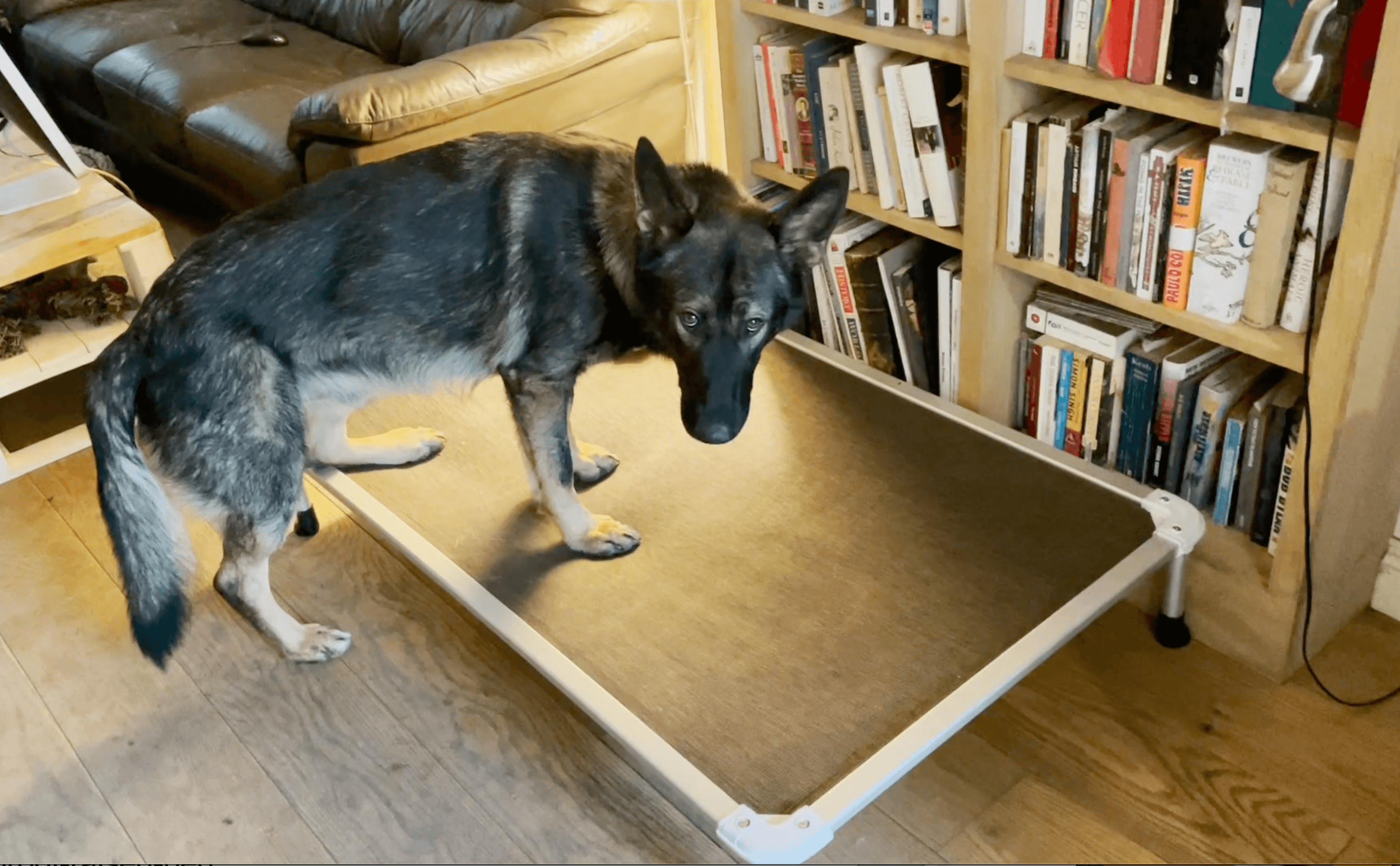







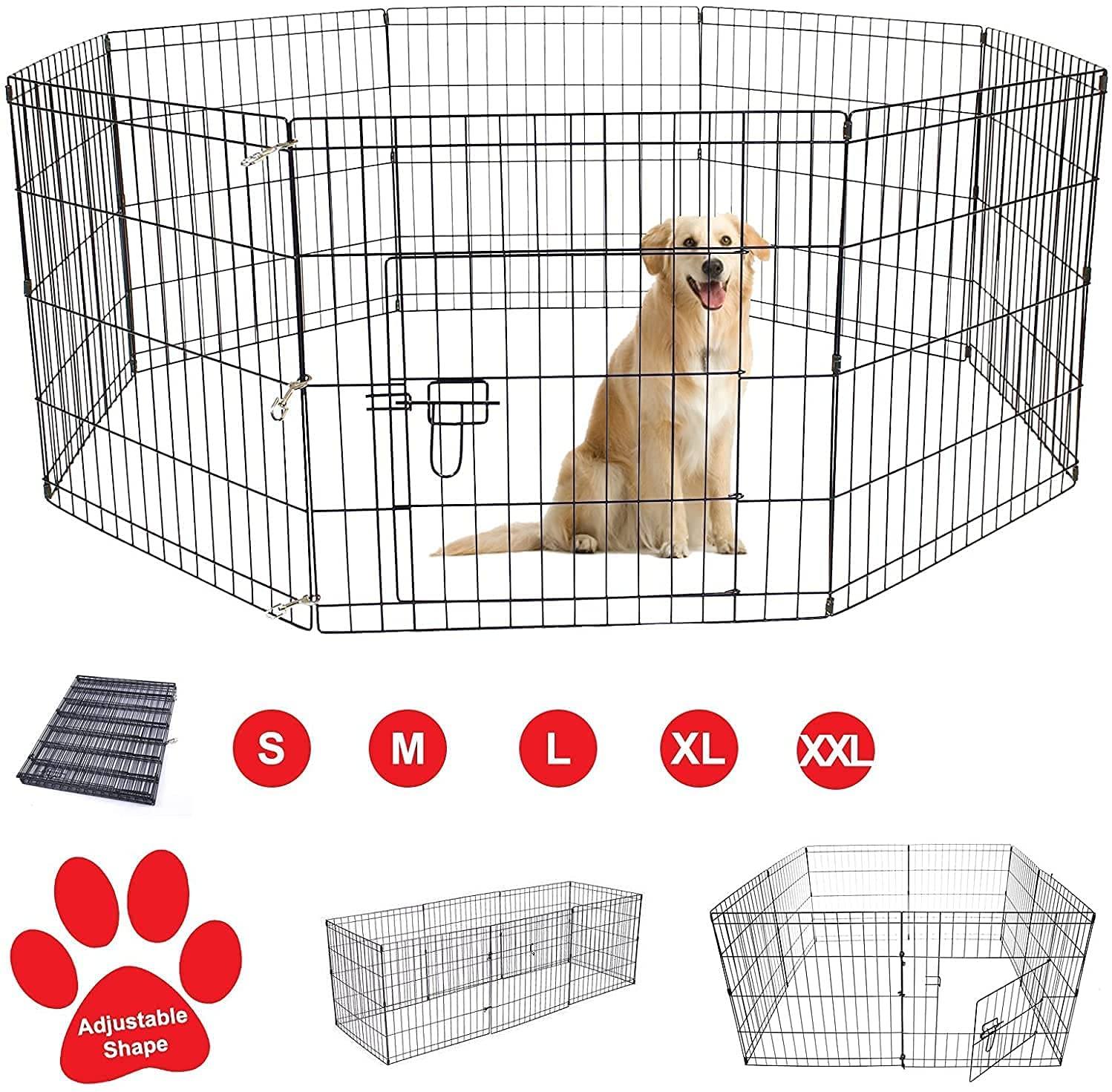



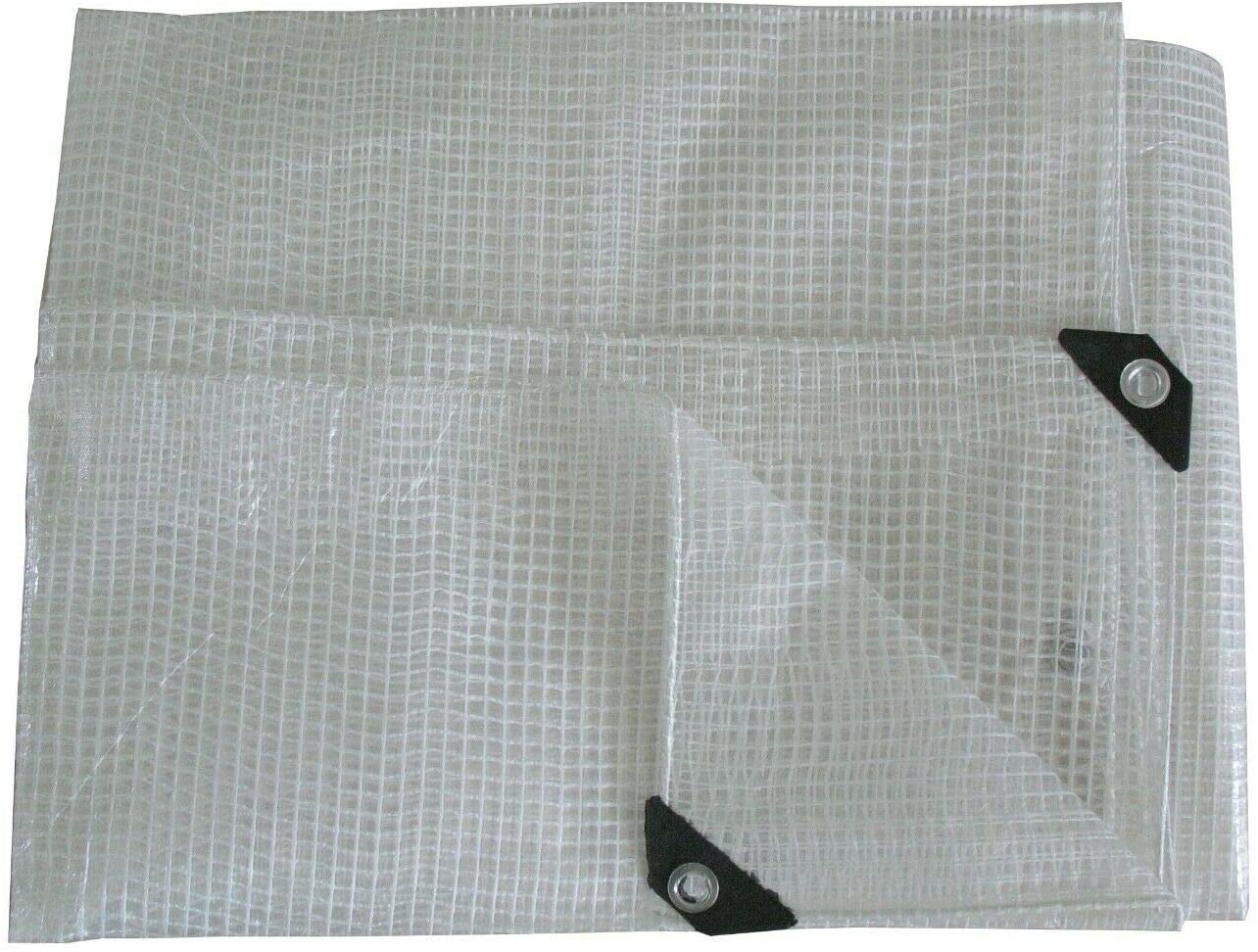









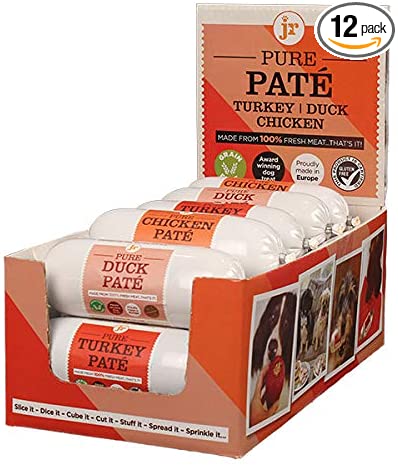

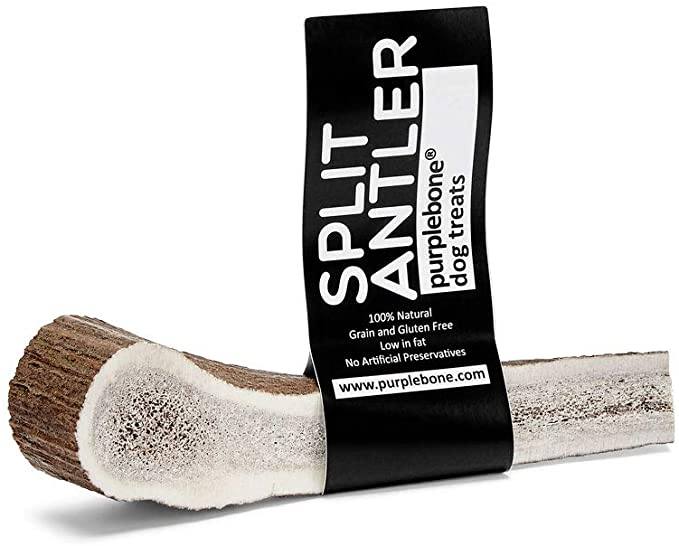




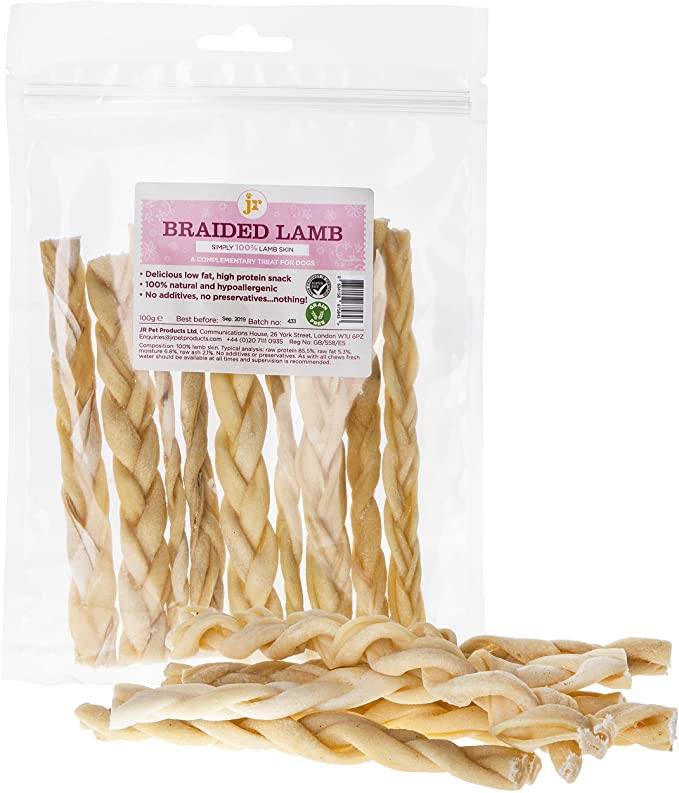





















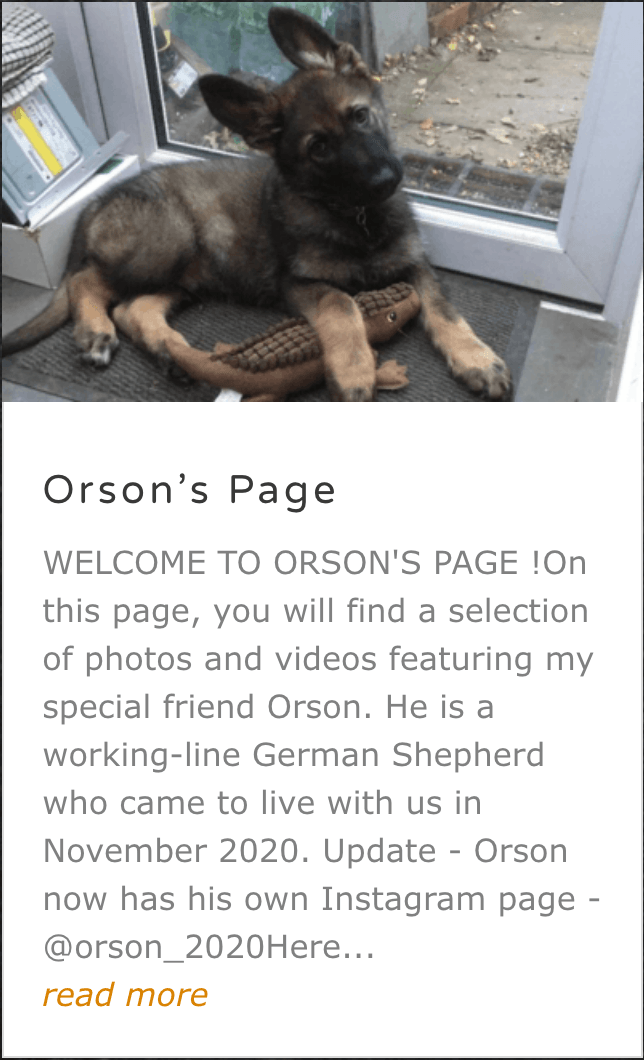






Thanks for showing us the checklist, I’ll definitely get back to it before we get a new puppy. Your list is thorough and detailed, looks like we won’t miss anything important. From your list, I really like the shine-in-the-dark collar and Bedsure bed. Thanks a lot for creating this informative article.
My pleasure, Matt! I’m glad you think you may find it helpful in the future. The shine-in-the-dark collar that you mentioned, has proved invaluable for us, especially because there are no street lights where we live, so it’s more than easy to lose sight of the excited puppy during our evening walks. And when a car approaches, they can see it too, which is another big bonus. As far as the Bedsure bed, it’s the cosiest dog bed I’ve ever seen. So inviting for the pooch! I’d just wait until he’s a bit older and doesn’t have a need to shred everything to atoms 😉 Thanks again for your comment!
This is so elaborate and very very helpful. You’re right when you said not much information exists out there concerning things like this.
At the end of the day you find yourself asking other dog users which can be very awkward really. I like the vivid pictures and that you gave your personal recommendations on everything.
I’ll go thumb through the beds again to see which would work just fine. I also like the idea of the hands-free harness and the shine-in-the dark collar.
Say hi to Orson would you.
This was mighty helpful. Thanks Lucie.
Thank you, Femi, for your nice comment, much appreciated! Yes, it took several months of trying and testing these things with the puppy, before this list got to its present length. I still remember the increasing stress of the days before getting Orson, having to guess in my mind what was going to work and what wasn’t; reading frantically through all those books and interviewing g local dog walkers. I felt great relief when I joined those online training platforms, because there were so many experts and fellow dog owners to answer all my questions quickly and keep supporting me with valuable advice. Once again, thank you for your much-appreciated feedback!
Wow! I’m amazed at how much staff you need to have ready when acquiring a dog. Growing up we always had dogs at the house but my mum is not animal lover just put ip with because of dad but when dad past that was the end of dog at our house. I love dogs and for years trying to get a puppy but I just can’t afford it. I’m definitely saving this post for when I get my little cute dog -I think he going to love some this stuff you’ve listed. By the way I see that you love your dog very much and by the looks of it he is very happy to have you as his human.
Thank you so much for your lovely words! I’m very touched. Yes you’re right, Orson is a very happy ‘overgrown puppy’. I think he can feel our affection for him, and returns it back in plenty. I’m sure you’ll get your dream doggie at one point. I also had been waiting for a really long time, as our circumstances were never ideal for having a dog – for most of my life I lived in small flats in cities, so it didn’t feel right to get a puppy then. But there are certain breeds that can cope even in flats, such as greyhounds. I was surprised to hear that, but they are actually very lazy dogs who can spend most of the time chilling out happily. If I had known that, perhaps I would have considered that some years ago when I lived in the city. There are many Greyhound rescue centers in the UK.
I once parked at a service station and a bog van pulled next to me, full of greyhounds in cages, travelling to the race. The driver let them out for a few minutes and he let me cuddle them – they were so cute, calm, and noble. I actually fell in love with them then, but didn’t know they did not really require hours of running every day. If I had knowm, I think I’d drive to a rescue centre that very day..! 🙂
Anyway, thank you for your lovely comment once again, and never stop dreaming about your future furry friend!